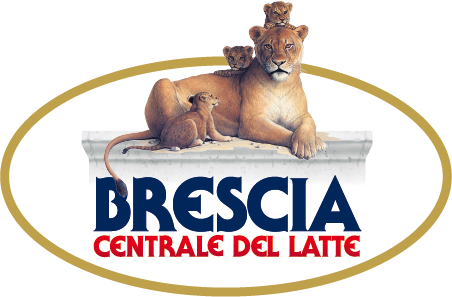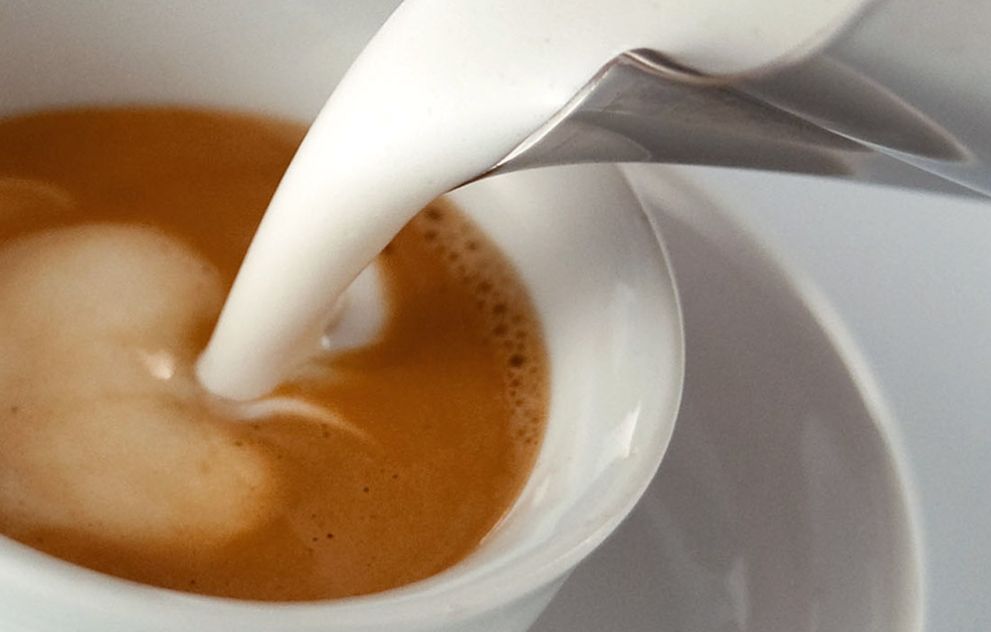For the taste of curiousness
From history to legend
Cappuccino is a hot beverage consisting of espresso and foamed milk. It is the symbol of the Italian coffee tradition all over the world. Legend has it that it was invented by the Capuchin monk Marco d’Aviano, after the defeat of the Ottomans in the Battle of Vienna in 1683. However, in reality, it is likely that Cappuccino, as we know it today, was born only after the invention of the Espresso Machine at the end of the 1800. It is therefore likely that its name derives simply from the white of milk surrounded by a dark circle of coffee, a similar image to the Capuchin monks’ hairstyle.
Why does milk foam?
Milk froth is the result of the interaction between the milk itself and the air trapped in the form of bubbles. Milk bubbles are visible to the naked eye and therefore easy to identify, whereas in other food such as whipped cream or ice cream the size of the bubbles is so small that it makes them seem solid. The air trapped inside these bubbles tends to dissolve by nature if not stabilized by the presence of some components, called emulsifiers.
Emulsifiers are naturally present substances that allow the stabilization of the complex structure resulting from the interaction between a food and a gas, in this case air.
It is thanks to the proteins contained in the milk that bubbles are formed and stabilized.
Milk’s fat level is an essential component for the flavor but it could also represent an obstacle on the formation of the froth, if the milk is not worked in the right way. Heat treatment, in addition to allowing the conservation of the milk, acts directly on the protein essential in the formation and maintenance of the foam altering the performance of the milk and introducing an additional element for the evaluation of the final result.


